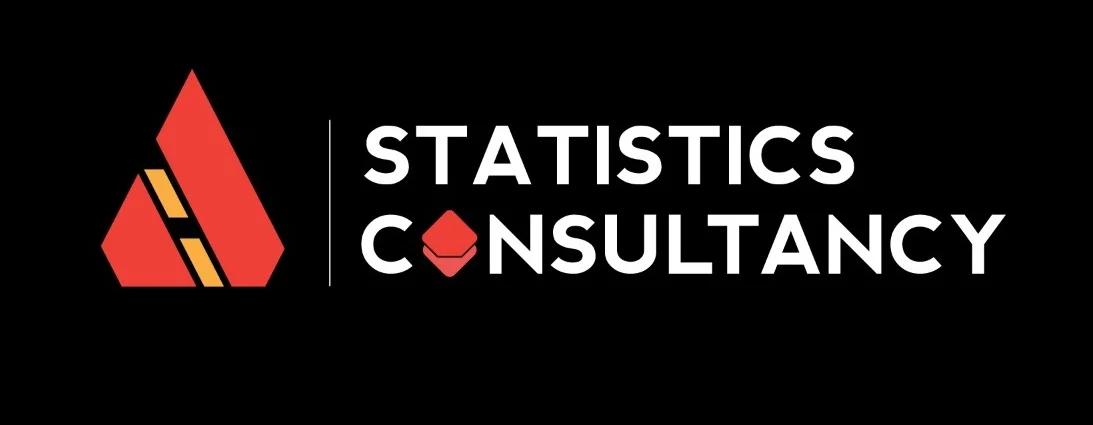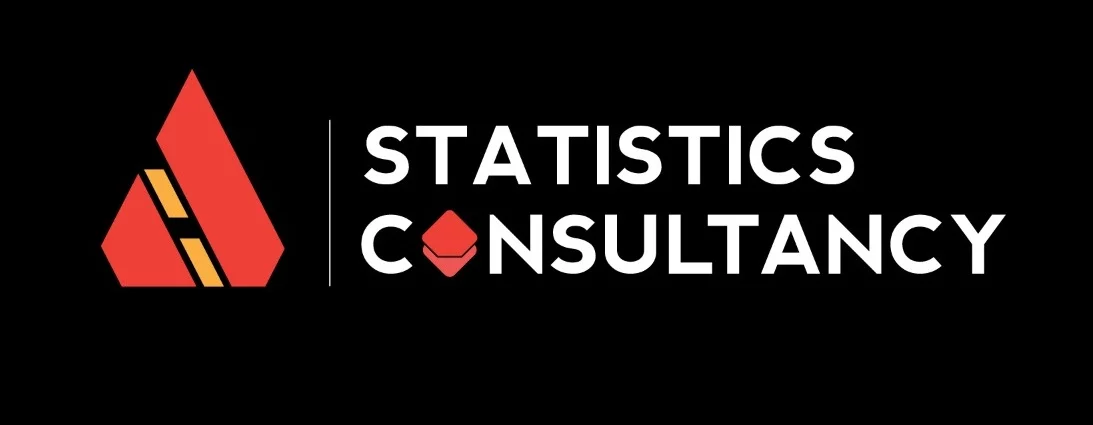Introduction
The algorithm, There are three main categories into which machine learning algorithms can be broadly classified.
- The first type is supervised learning, which involves building a mathematical model from labeled training data consisting of input and output variables. This category includes techniques such as data categorization and regression. By utilizing data mining techniques and other learning algorithms, supervised learning can construct models that identify patterns in information, enabling predictions of future outcomes.
- The second type of algorithm is unsupervised learning, where the system builds a model using only input characteristics without any output labeling. Classifiers are trained to search the dataset for specific patterns. Clustering and segmentation are two instances of unsupervised learning techniques.
- The third type is reinforcement learning, where the model learns to perform a task by executing a series of actions and choices that improve itself, and then learns from the information obtained from those actions and decisions.
Analyzing the Data:
- Understanding your data is the foremost stage in determining an algorithm.
- Before considering various algorithms, one must familiarize themselves with the data, which can be done by observing patterns, behavior, and size.
- The size of the data is a crucial parameter as certain algorithms perform better with larger datasets.
- For example, algorithms with higher bias or lower variance classification are more effective in limited training datasets.
- Depending on the features of the data, different algorithms may be suitable.
- Linear models like regressions or SVM are appropriate if the data is linear, but more complex algorithms like Random Forest may be required for complicated data.
- Additionally, specific types of algorithms may be necessary for linked or sequential features.
- The type of data is also important as it can be classified as input or output, and the appropriate supervised or unsupervised algorithm should be used based on whether the input data is labeled or not.
- Regression is used for numerical output while clustering is suitable for a collection of groups.
Algorithm Accuracy necessary:
- The next step involves determining whether or not accuracy is necessary for addressing the issue at hand.
- Accuracy refers to the ability of a method to estimate a response from an observation that is close to the correct response.
- In certain cases, a precise response may not be crucial for the target application.
- If the approximation is sufficiently accurate, adopting an approximate model can significantly reduce training and processing time.
- Approximation methods, such as linear regression for non-linear data, prevent or avoid overfitting of the data.
Algorithm Speed:
- In certain cases, users may need to choose between speed and accuracy when selecting an algorithm.
- Typically, achieving greater precision requires a longer period of time, while faster processing results in less accuracy.
- Simple algorithms like Naive Bayes and Logistic Regression are often used because they are quick to run.
- However, more advanced techniques such as Support Vector Machine Learning, Neural Networks, and Random Forests may take longer to learn but offer higher accuracy.
- The decision on which algorithm to use depends on the value of the project – whether time or accuracy is more critical.
- If time is of the essence, simpler methods should be used, but if accuracy is paramount, more sophisticated techniques should be employed.
Algorithm Parameters:
- The algorithm’s behavior is affected by its parameters, such as the tolerance for error or the number of iterations.
- Processing and training time is often proportional to the number of parameters the data has.
- More parameters or dimensions in the model will result in longer processing and training times.
- However, having many parameters also means the algorithm is more adaptable.
- Machine learning deals with measurable variables, and having more features can slow down certain algorithms, causing them to take a longer time to train.
- If the issue has a large feature set, it is recommended to choose an algorithm such as SVM, which is better suited to handle numerous features.

